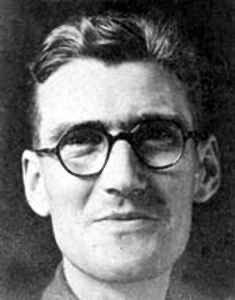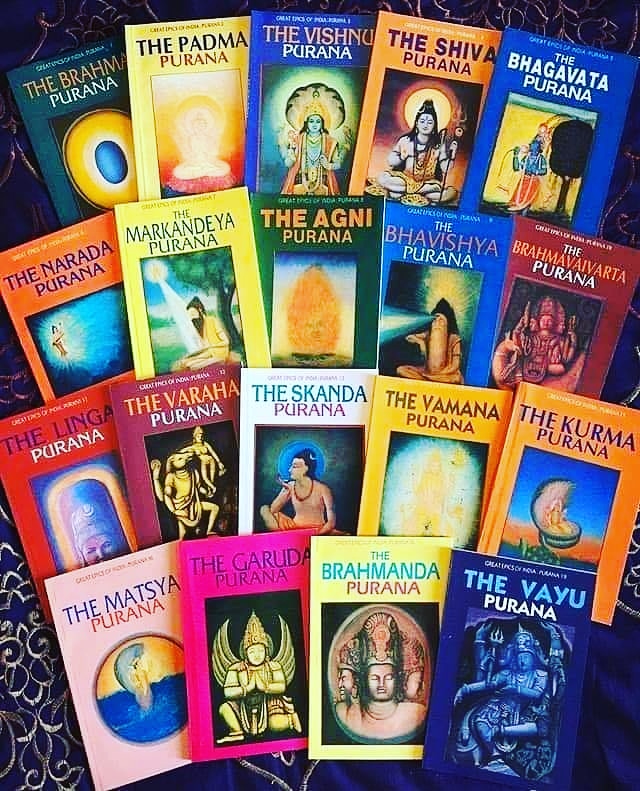But we love a party. This phenomenon represents the desire to join in the fun w/out compromising, most of these songs don’t mention religious stuff.2/11
Interesting little known fact: many Christmas songs were composed by Jews.
(I’m dreaming of a) White Christmas was written by Isidore Beilin (Irving Berlin) which broke all records in 1942 as the first great Christmas hit.
In fact Jews wrote or co-wrote many such hits.
1/11

But we love a party. This phenomenon represents the desire to join in the fun w/out compromising, most of these songs don’t mention religious stuff.2/11
https://t.co/ApW54Ax8tE
It was prompted by a children’s story written by his (Jewish) bro in law Robert May! 4/11
https://t.co/Bv3ySd2lLS
Recorded first by renowned African American Nat King Cole.5/11
https://t.co/E00mddcDJU
6/11

7/11
https://t.co/CmCCFZ2N1o
Joan Javitz and Phillip Springer. Apparently Springer wrote the music in five minutes after hearing the lyrics.
8/11
https://t.co/Mvx4Ot8A5j
9/11

Both are not really Christmas songs, more about the secular experience of the “Festive Season.”
https://t.co/r4dGujUuJc
10/11
https://t.co/Zy0PC0mnTj…
Jews thus can be said to have played a major part in the modern American conception of Christmas, with music and ideas which are seen as essential elements of the season today.
11/11
More from Song
"When does a canary sing"
— Found&Forgiven (@AshlieMC2) December 7, 2020
See thread RT on oxidative stress and QD effects.
Thank you @NotTheMacAnon1https://t.co/XlyXyiCS2H
https://t.co/0ywQ1y5NDj
Pott found an association between exposure to soot and a high incidence of scrotal skin cancer in chimney sweeps. This cancer is now known as Pott's or chimney sweep cancer.
Coal contains trace amounts of naturally-occurring radioactive elements. The process of burning coal at coal-fired power plants, called combustion, creates wastes that contain small amounts of naturally-occurring radioactive material (NORM).
Fly ash particles (a major component of coal ash) can become lodged in the deepest part of your lungs, where they trigger asthma, inflammation and immunological reactions.
You May Also Like
He has been wrong (or lying) so often that it will be nearly impossible for me to track every grift, lie, deceit, manipulation he has pulled. I will use...

... other sources who have been trying to shine on light on this grifter (as I have tried to do, time and again:
Ivor Cummins BE (Chem) is a former R&D Manager at HP (sourcre: https://t.co/Wbf5scf7gn), turned Content Creator/Podcast Host/YouTube personality. (Call it what you will.)
— Steve (@braidedmanga) November 17, 2020
Example #1: "Still not seeing Sweden signal versus Denmark really"... There it was (Images attached).
19 to 80 is an over 300% difference.
Tweet: https://t.co/36FnYnsRT9

Example #2 - "Yes, I'm comparing the Noridcs / No, you cannot compare the Nordics."
I wonder why...
Tweets: https://t.co/XLfoX4rpck / https://t.co/vjE1ctLU5x

Example #3 - "I'm only looking at what makes the data fit in my favour" a.k.a moving the goalposts.
Tweets: https://t.co/vcDpTu3qyj / https://t.co/CA3N6hC2Lq

Like company moats, your personal moat should be a competitive advantage that is not only durable—it should also compound over time.
Characteristics of a personal moat below:
I'm increasingly interested in the idea of "personal moats" in the context of careers.
— Erik Torenberg (@eriktorenberg) November 22, 2018
Moats should be:
- Hard to learn and hard to do (but perhaps easier for you)
- Skills that are rare and valuable
- Legible
- Compounding over time
- Unique to your own talents & interests https://t.co/bB3k1YcH5b
2/ Like a company moat, you want to build career capital while you sleep.
As Andrew Chen noted:
People talk about \u201cpassive income\u201d a lot but not about \u201cpassive social capital\u201d or \u201cpassive networking\u201d or \u201cpassive knowledge gaining\u201d but that\u2019s what you can architect if you have a thing and it grows over time without intensive constant effort to sustain it
— Andrew Chen (@andrewchen) November 22, 2018
3/ You don’t want to build a competitive advantage that is fleeting or that will get commoditized
Things that might get commoditized over time (some longer than
Things that look like moats but likely aren\u2019t or may fade:
— Erik Torenberg (@eriktorenberg) November 22, 2018
- Proprietary networks
- Being something other than one of the best at any tournament style-game
- Many "awards"
- Twitter followers or general reach without "respect"
- Anything that depends on information asymmetry https://t.co/abjxesVIh9
4/ Before the arrival of recorded music, what used to be scarce was the actual music itself — required an in-person artist.
After recorded music, the music itself became abundant and what became scarce was curation, distribution, and self space.
5/ Similarly, in careers, what used to be (more) scarce were things like ideas, money, and exclusive relationships.
In the internet economy, what has become scarce are things like specific knowledge, rare & valuable skills, and great reputations.













